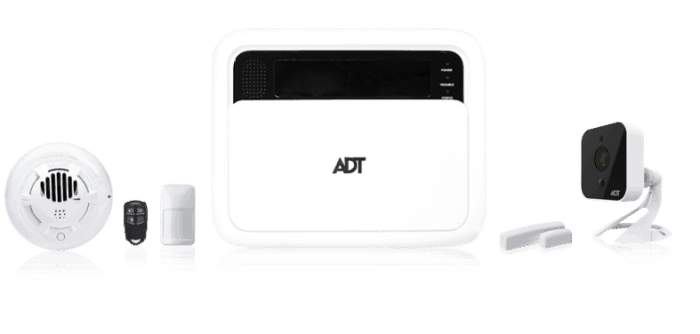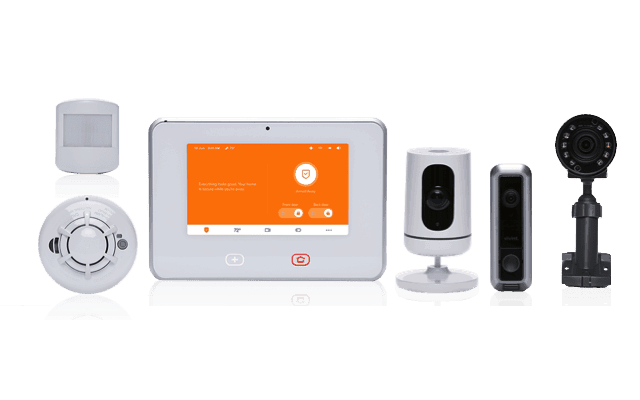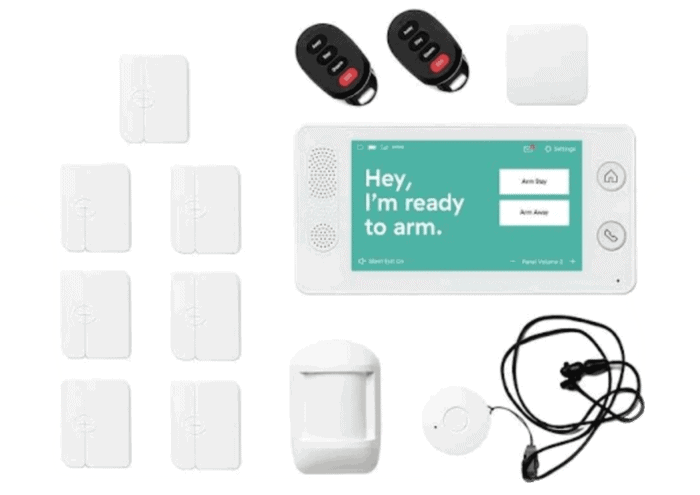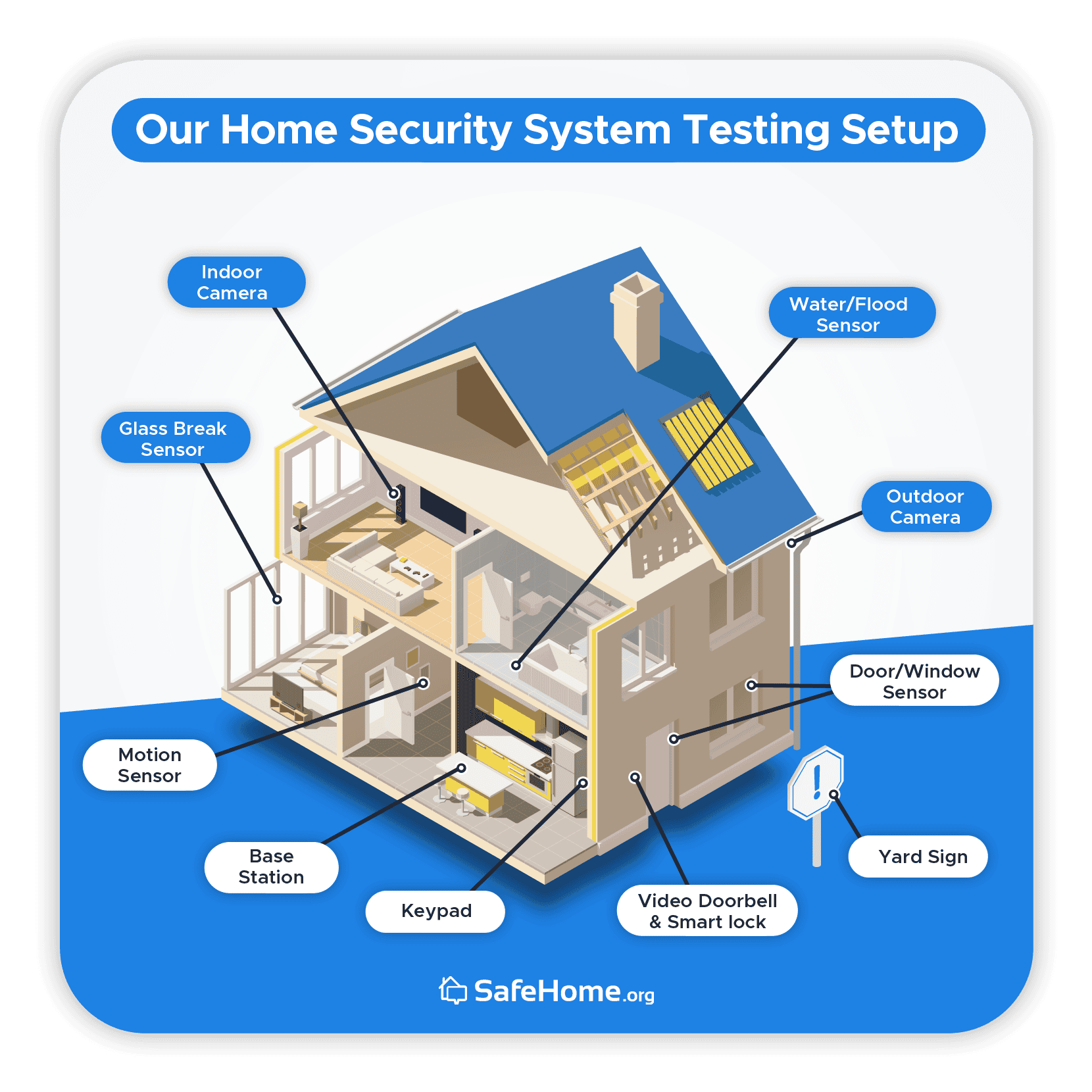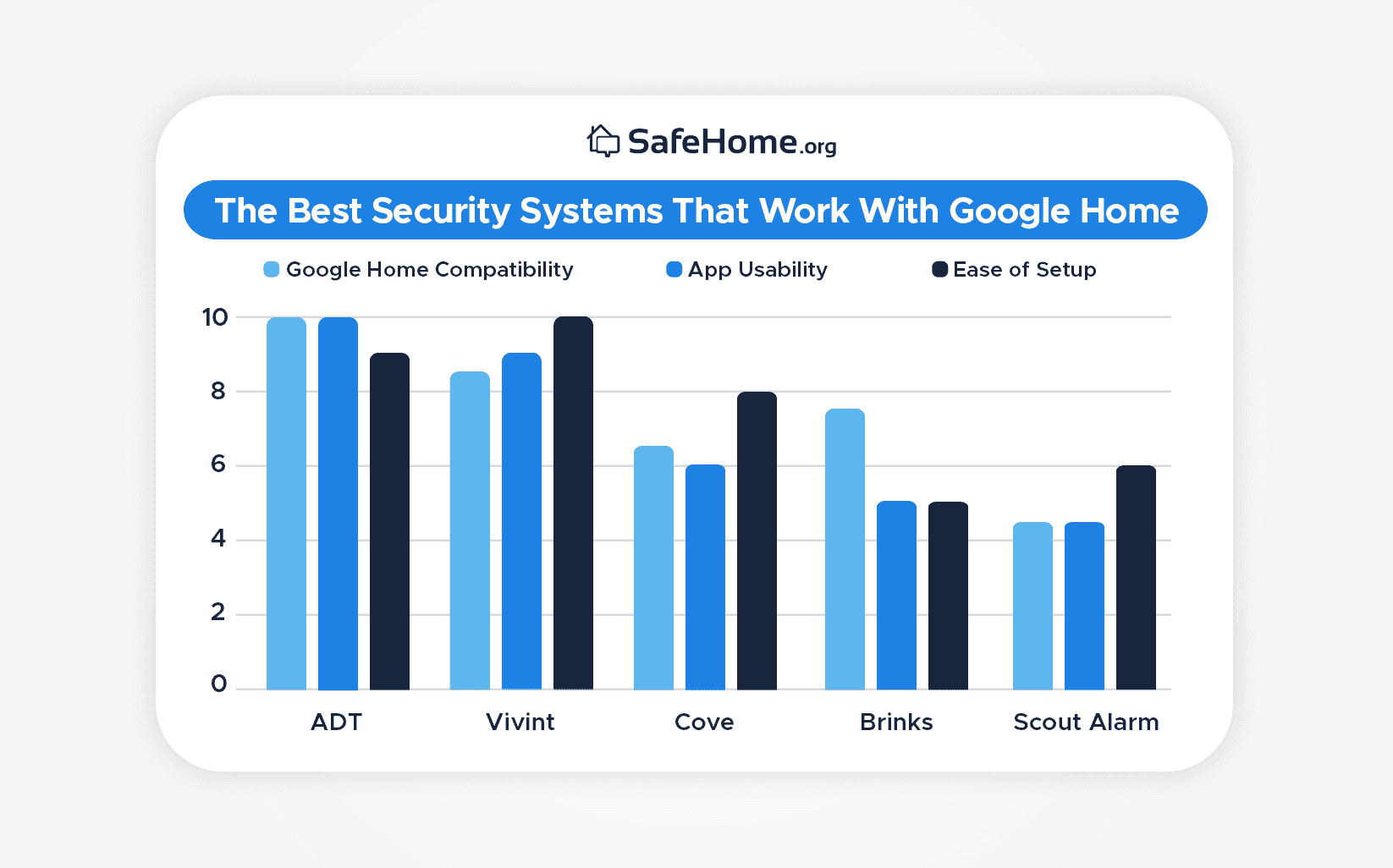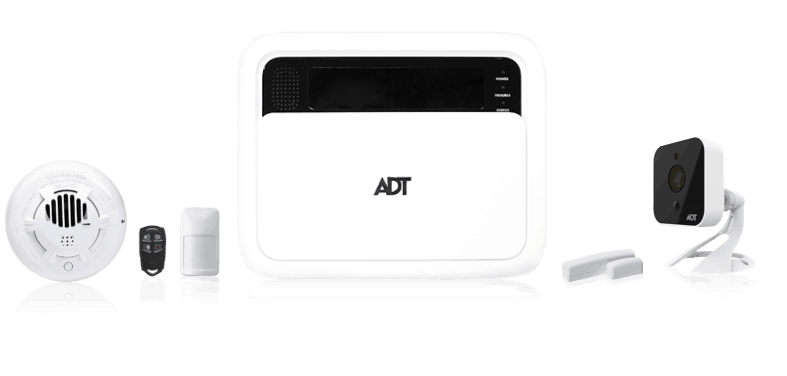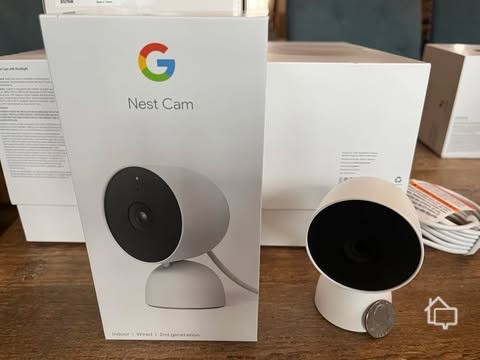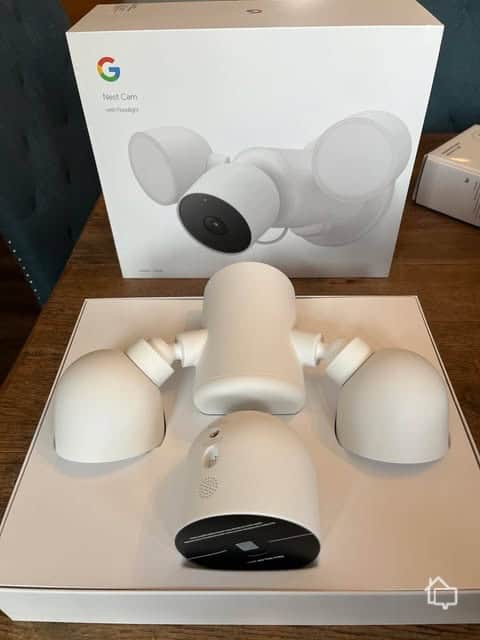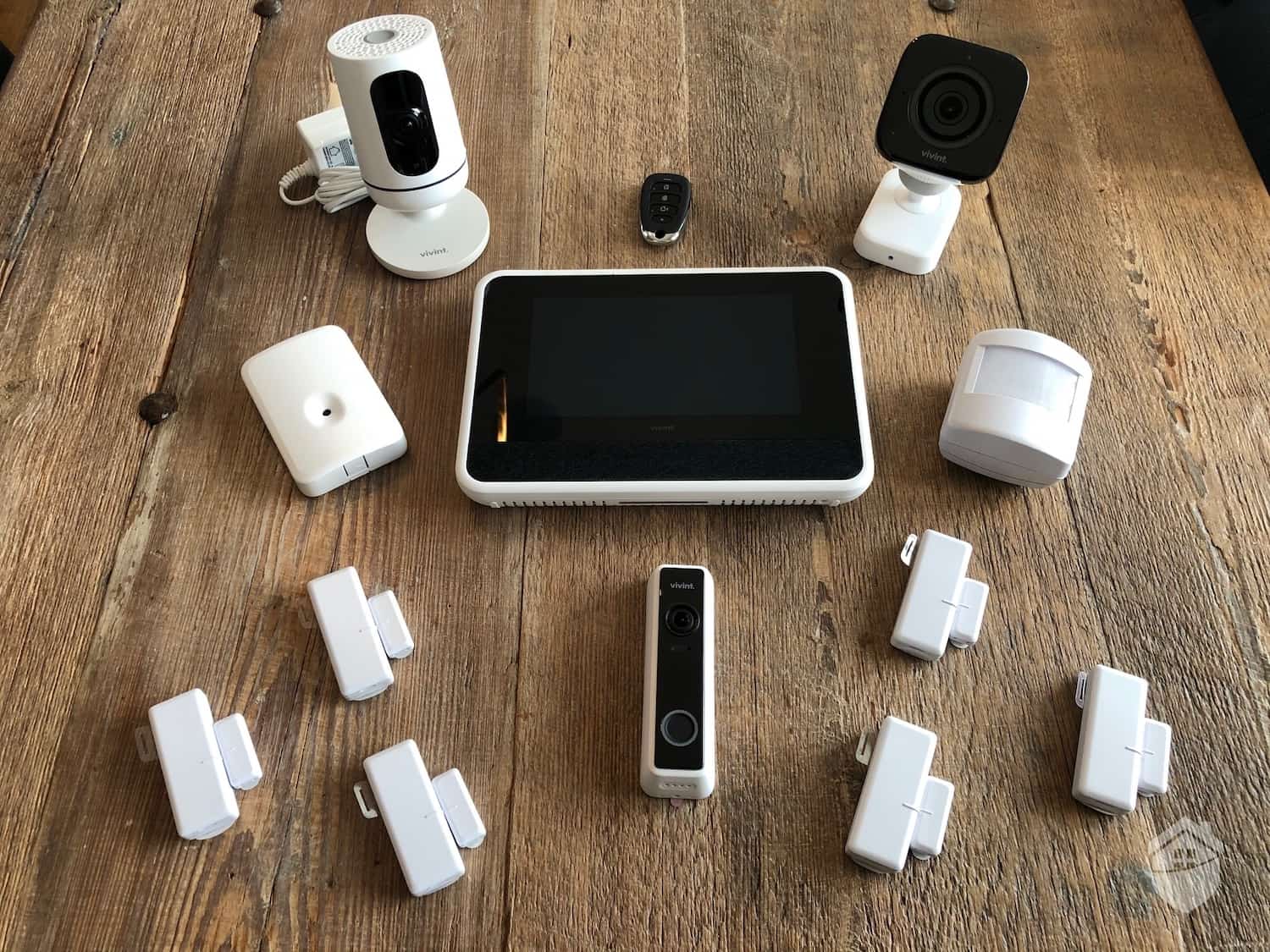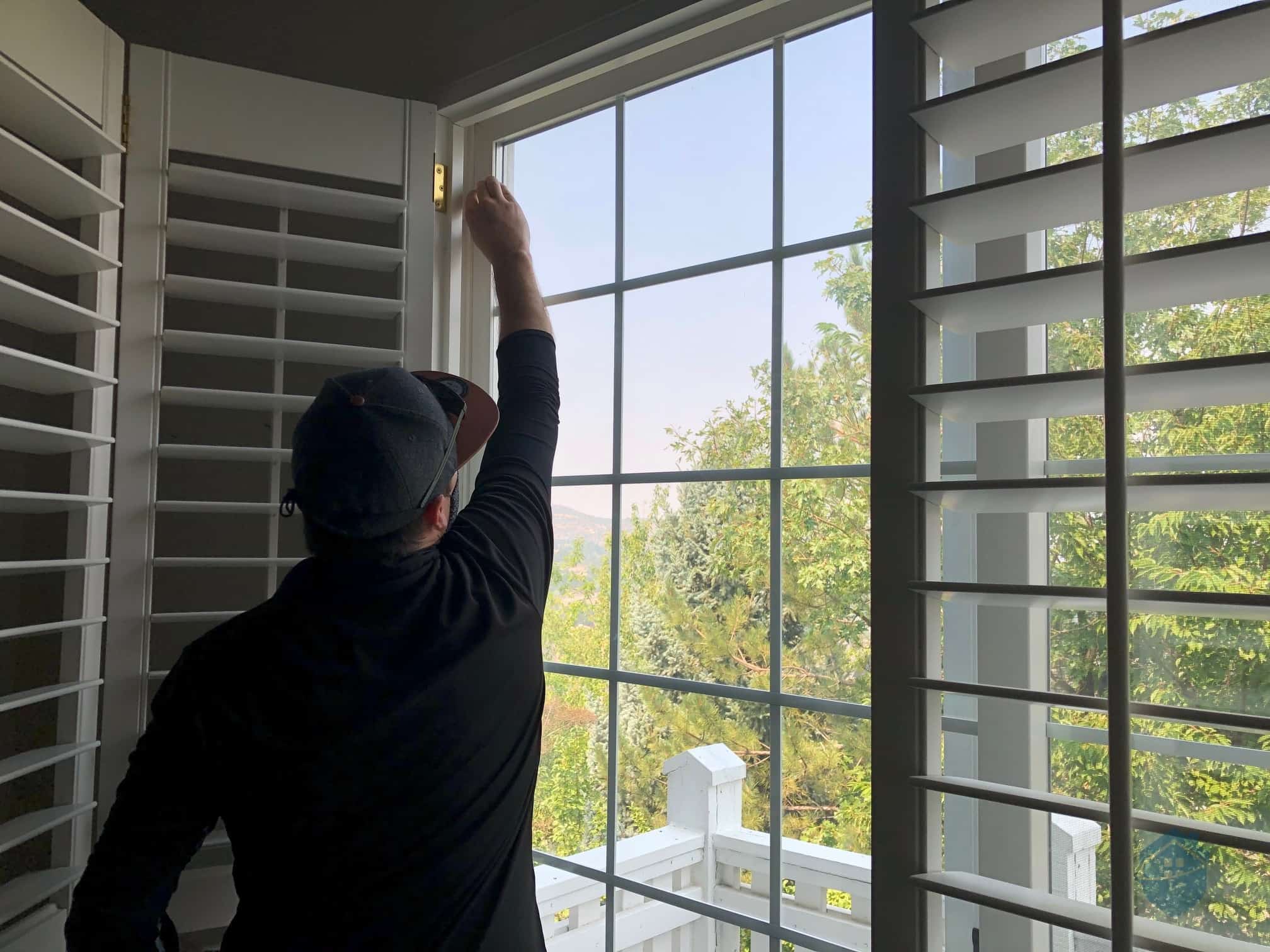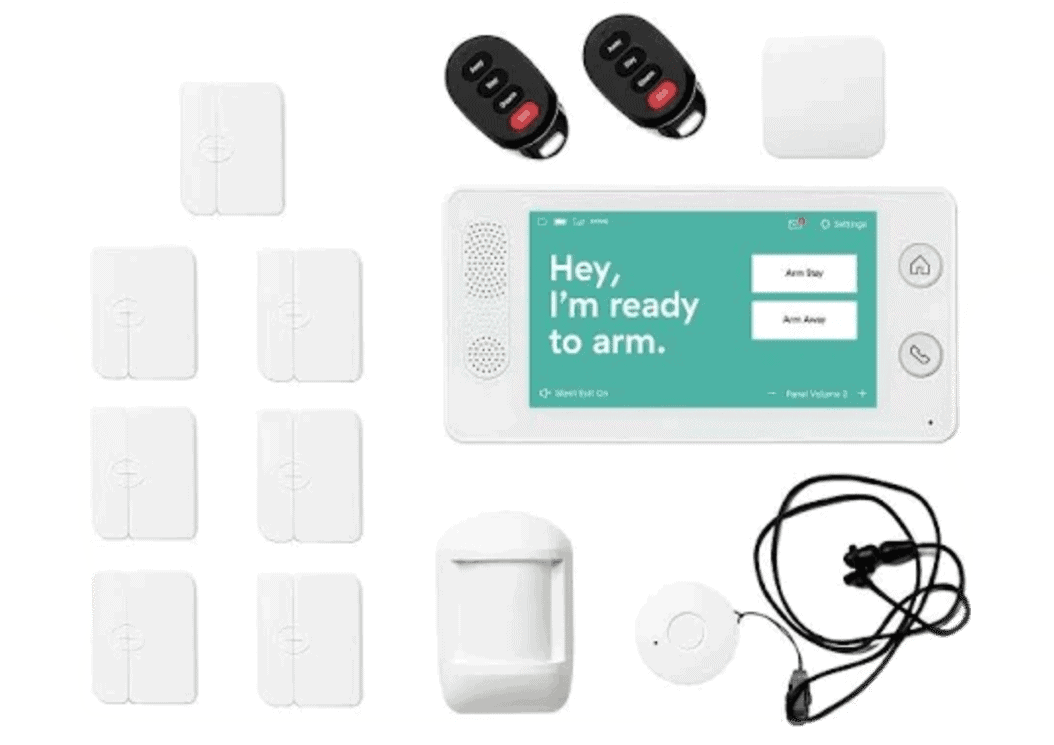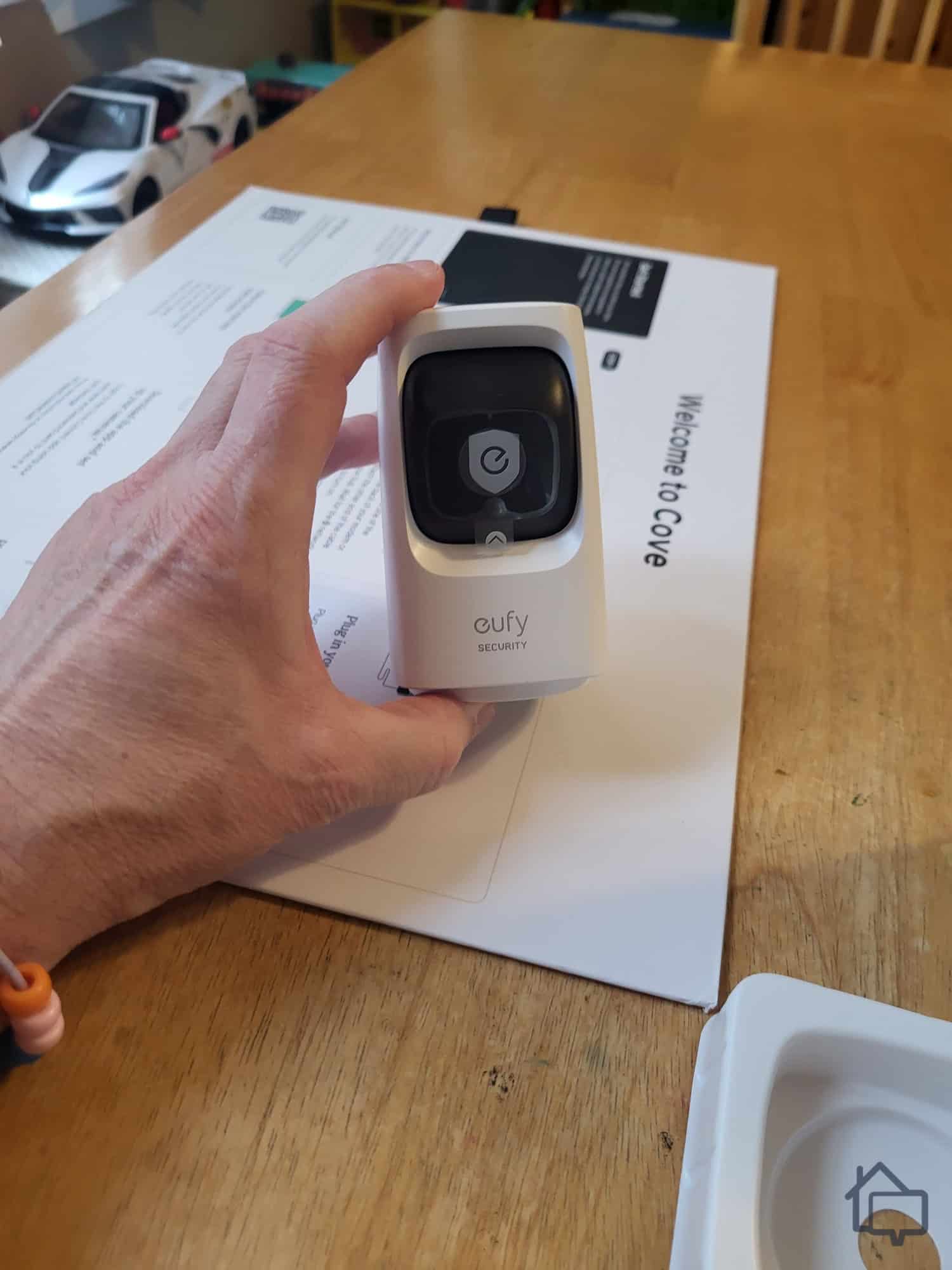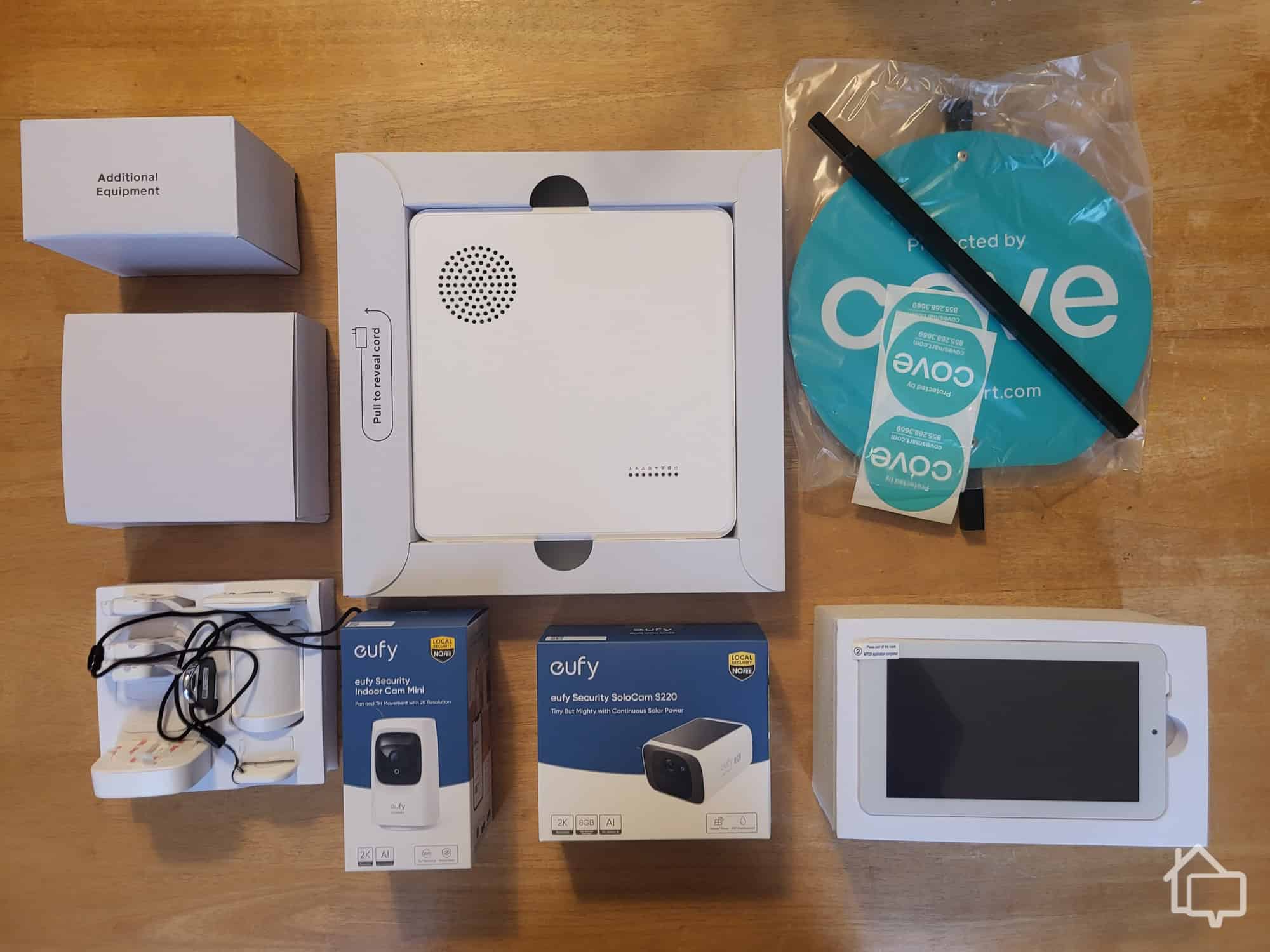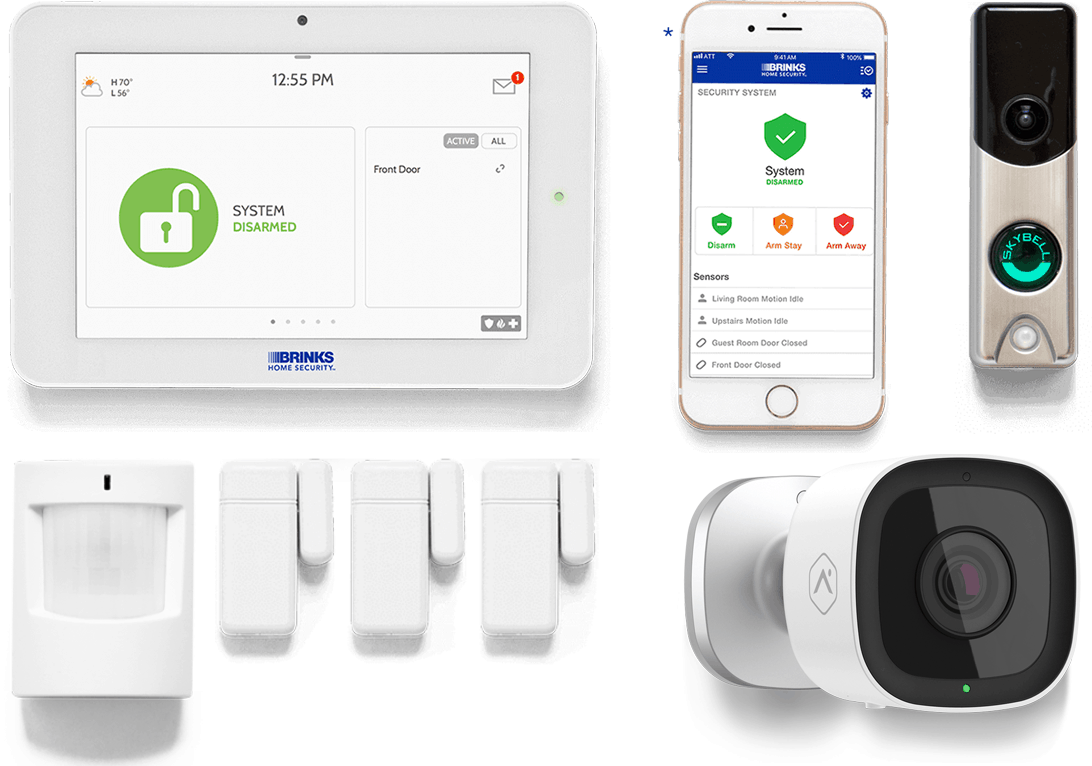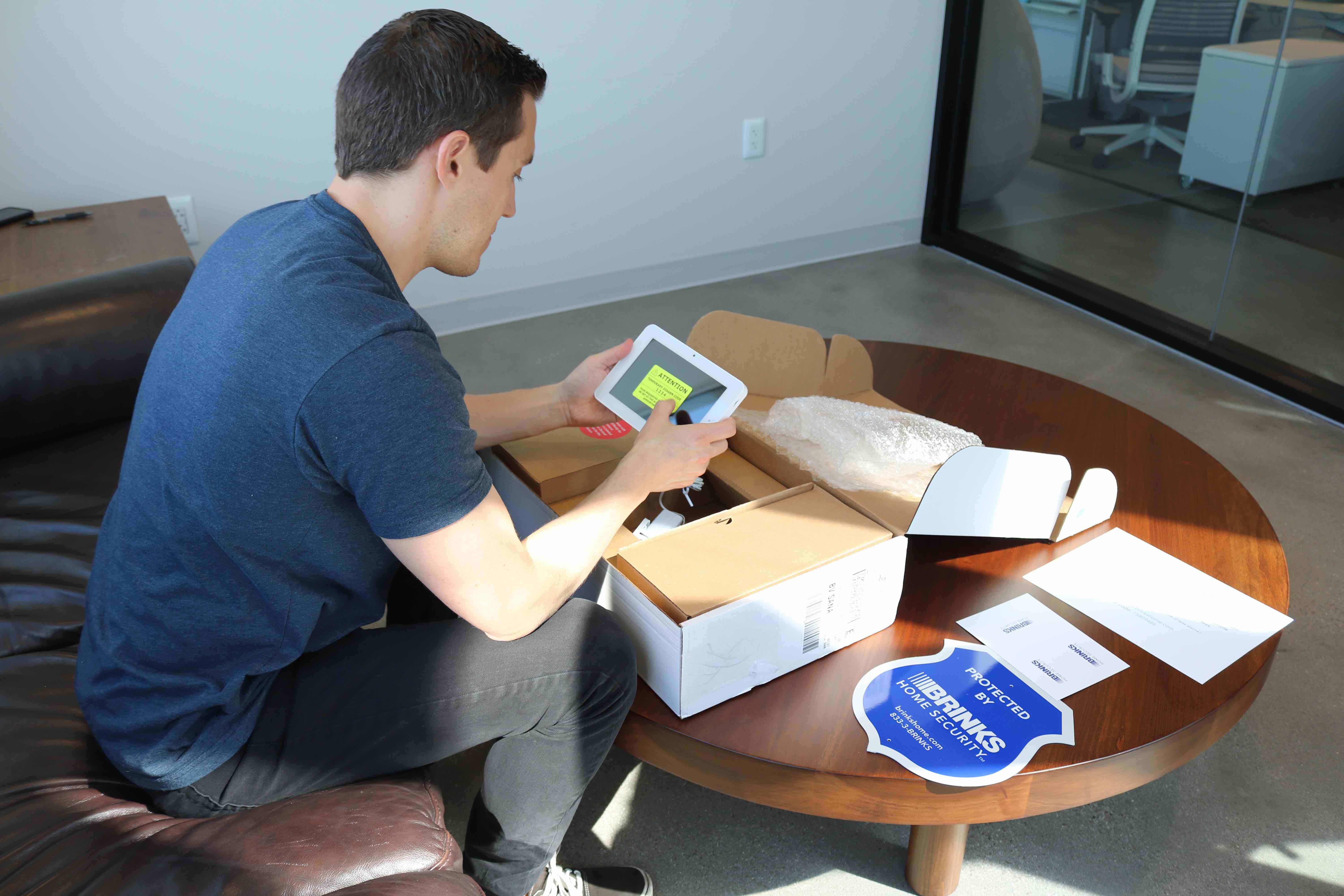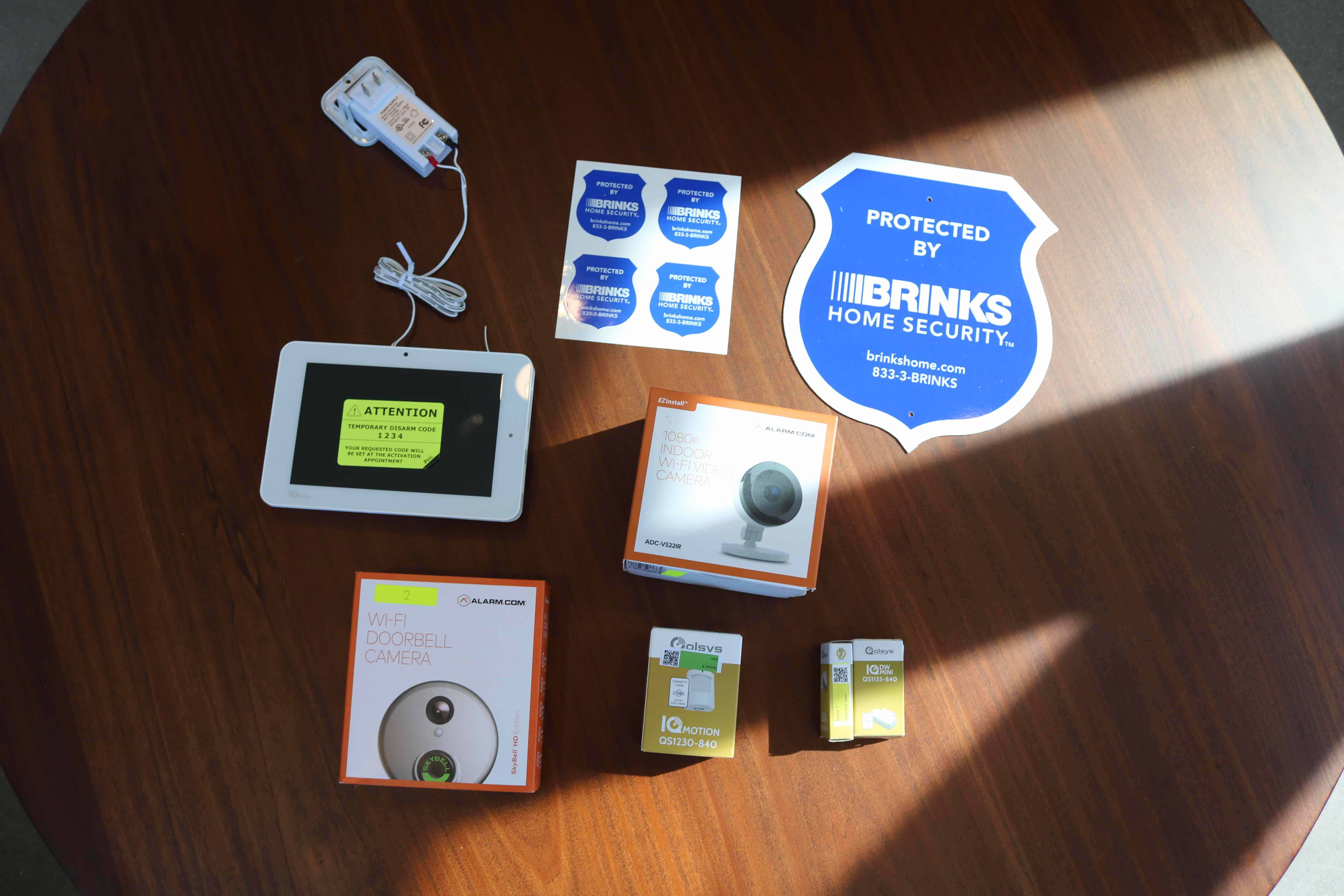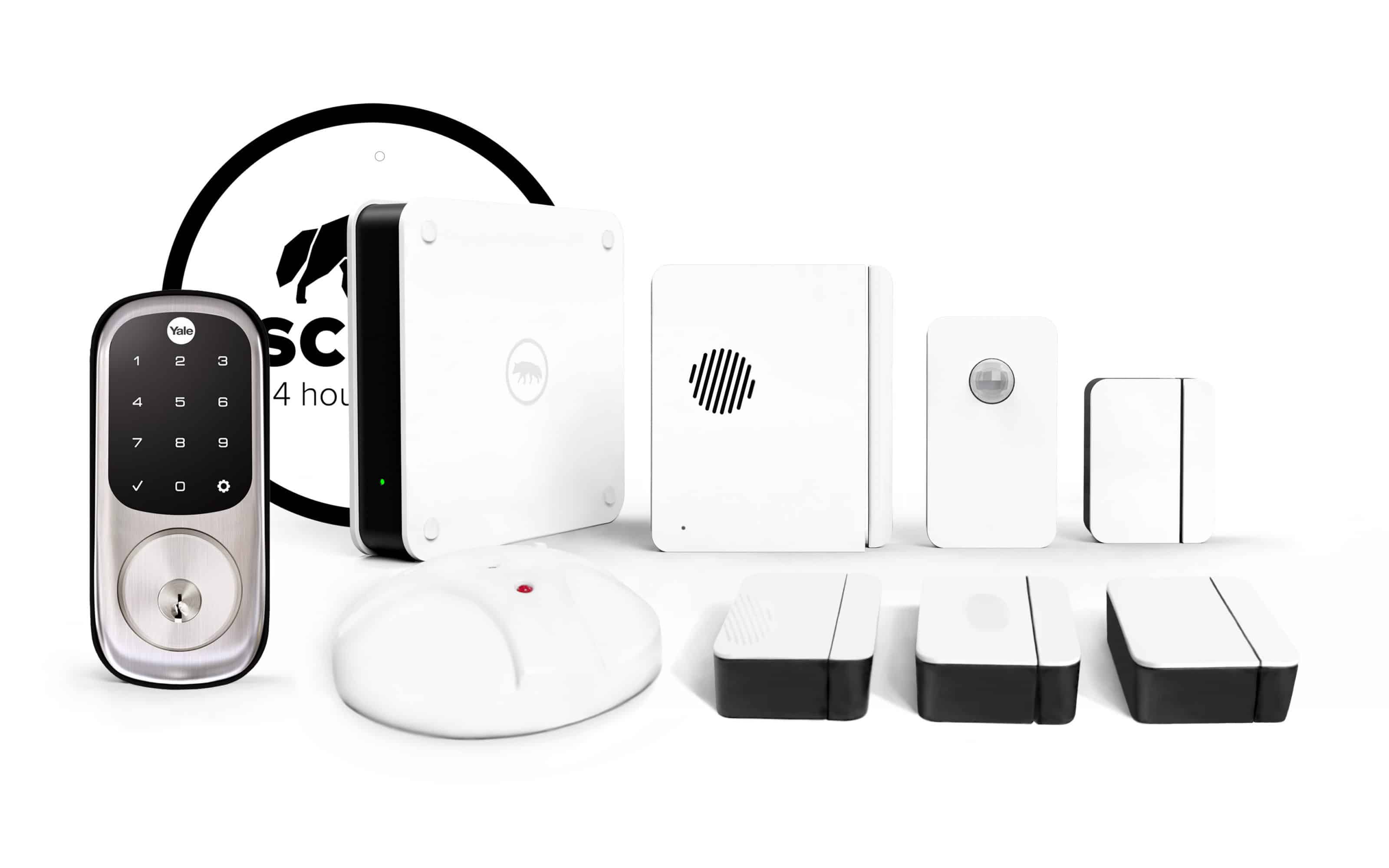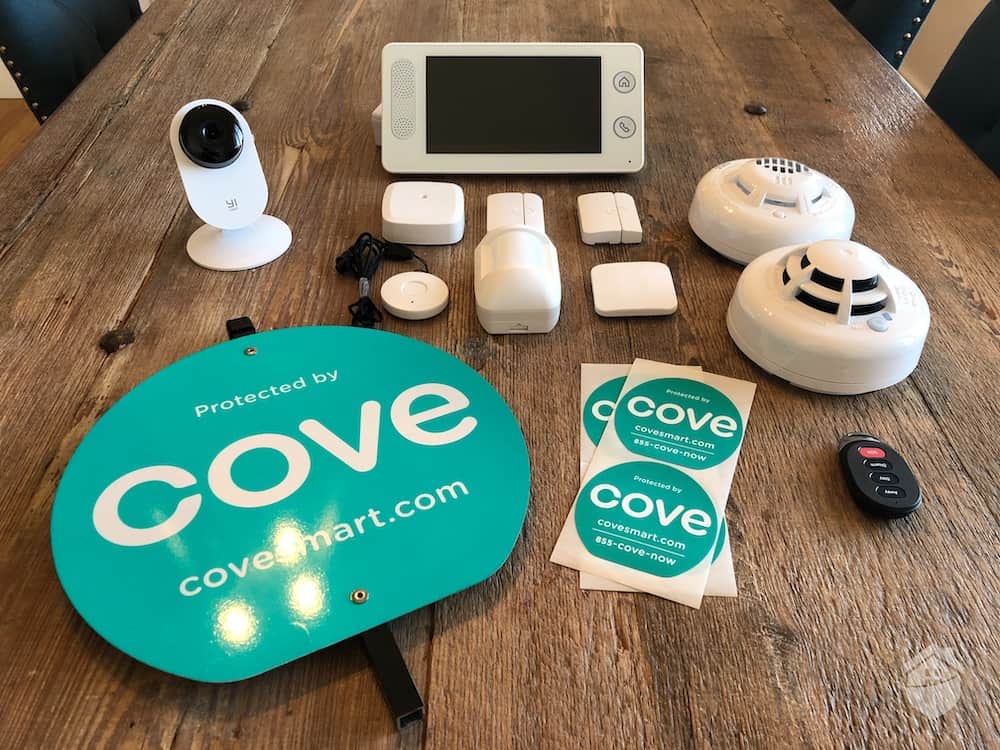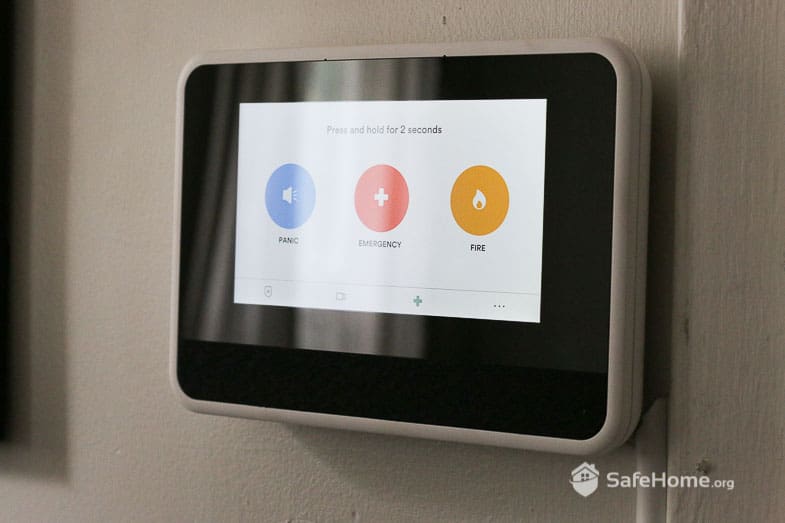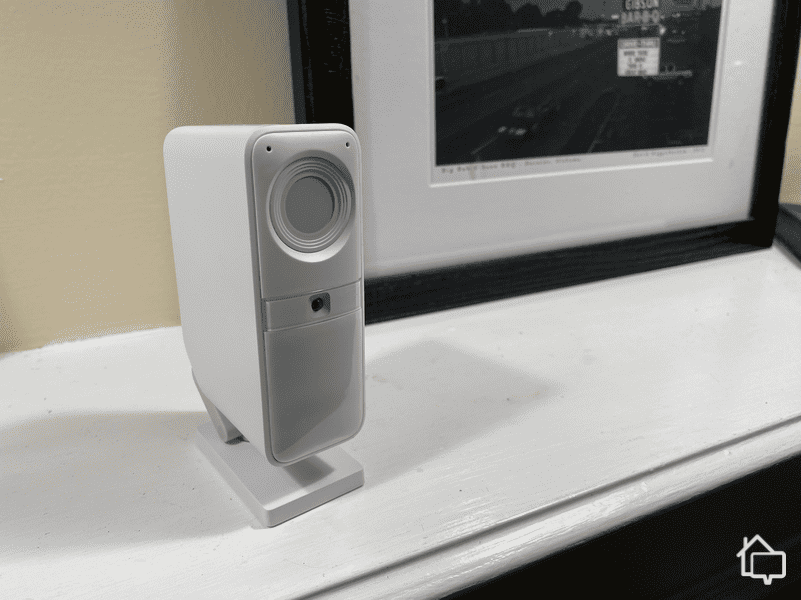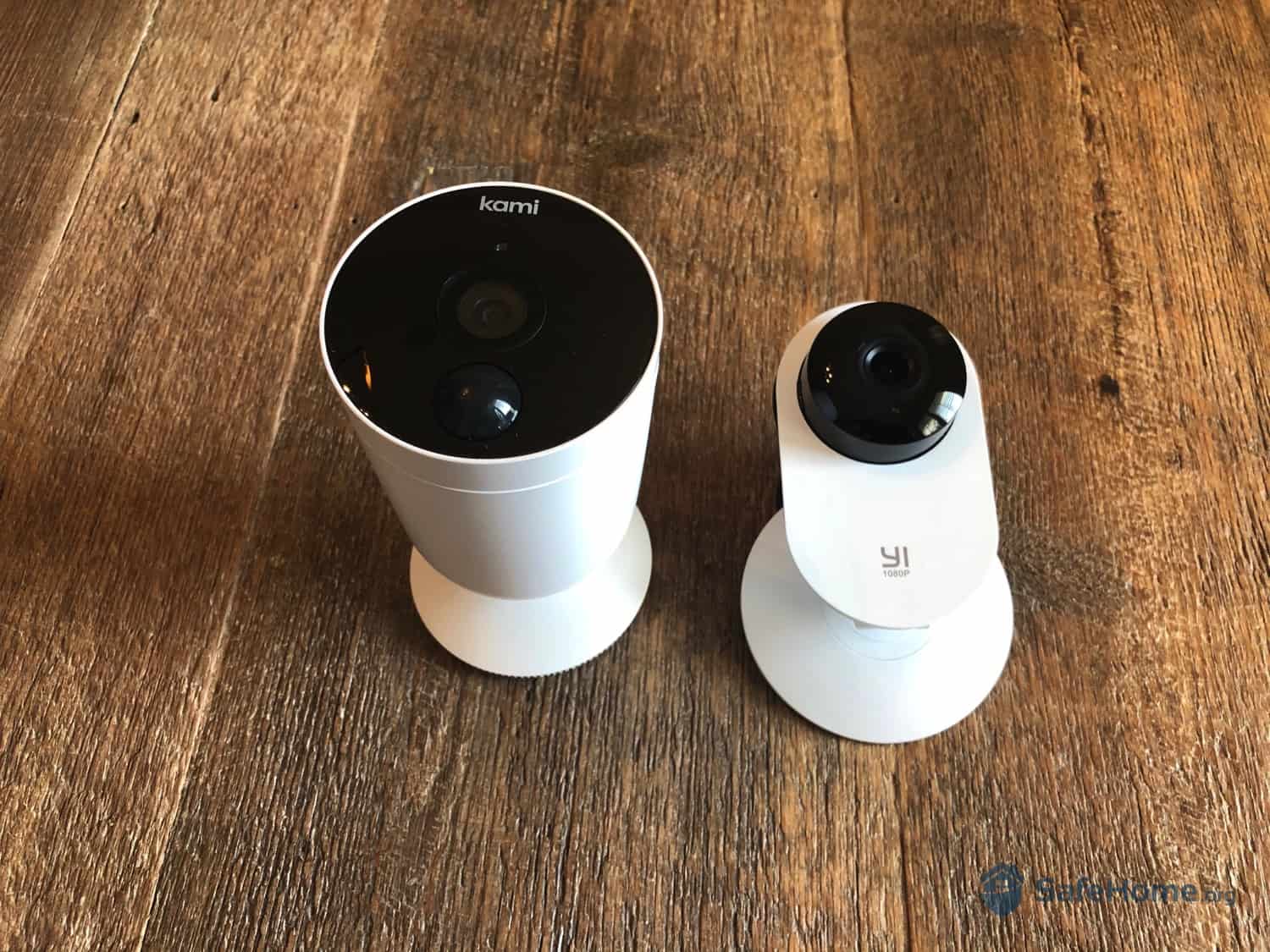Our Experience Testing Scout
While Scout offers self-monitoring, you’ll still have to pay $10 per month plus another $3 per camera if you want to store footage. For that price, you’re really better off subscribing to Scout’s $20-per-month full-service professional monitoring plan. Still, we like having the option of self-monitoring when we need to tighten our belts.
Either way, you’ll get full Google functionality and cellular backup. And because Scout works with IFTTT, we were able to use Google Home to connect our security to all sorts of devices. For example, when our motion sensors detectors pick up unusual movement, our TV comes on, letting would-be home invaders know we’re home, even when we’re not.
Did You Know? Not every IFTTT integration is equal. IFTTT lets supported brands enable different triggers for controlling the device. The more triggers, the more capabilities the device has. In our guide to the best IFTTT-compatible home security systems, we dive deep into the capabilities of every system we test.
Be warned: This isn’t a Vivint-style, sophisticated system. You won’t find any AI features with Scout. The company doesn’t even offer a dedicated outdoor camera, let alone a high-quality outdoor camera. But if you’re looking for affordable security with some nifty smart integration, Scout’s a pretty solid option.
Comparison Shopping: Best Self-Monitored Home Security Systems
Google Functions
While Scout systems connect to Google Home, we’re more impressed by its compatibility with other smart platforms and devices, like Yale, Hue, Z-Wave, and IFTTT. It used to integrate with Nest devices, but the partnership ended in 2019.
Google Home functionality is limited to voice controls. We could arm and disarm the system as well as get status updates, which is similar to Cove and Brinks.
Installation
Scout isn’t quite as simple as Cove to install. Most of the sensors are peel-and-stick, so that part wasn’t much of a problem. But the system didn’t come preprogrammed, and connecting all of the components to the hub took at least 30 minutes. We also ran into an issue with the indoor camera where it wouldn’t turn on until we accidentally twisted the lens a bit. Not sure what was going on there, but it cost us a little extra setup time.
Pro Tip: It was easier to link each device to the mobile app one by one. We learned this the hard way after accidentally entering the wrong password, which reset the app and forced us to start the entire process from scratch.
Pricing
Scout equipment isn’t as cheap as Cove or SimpliSafe, but it’s certainly reasonably priced. Entry sensors, for instance, are around $20, right in line with the cost of Ring’s. You can save more if you’re willing to invest in a premade package.
In fact, Scout runs a pretty regular promotion that gives you the basic package for free when you sign up for a year of professional monitoring. And at just $20 per month, that year of professional monitoring doesn’t even cost much. Once the year is up, you can always switch to its self-monitoring plan at $10 per month, which gets you push alerts and the ability to live monitor your cameras.





